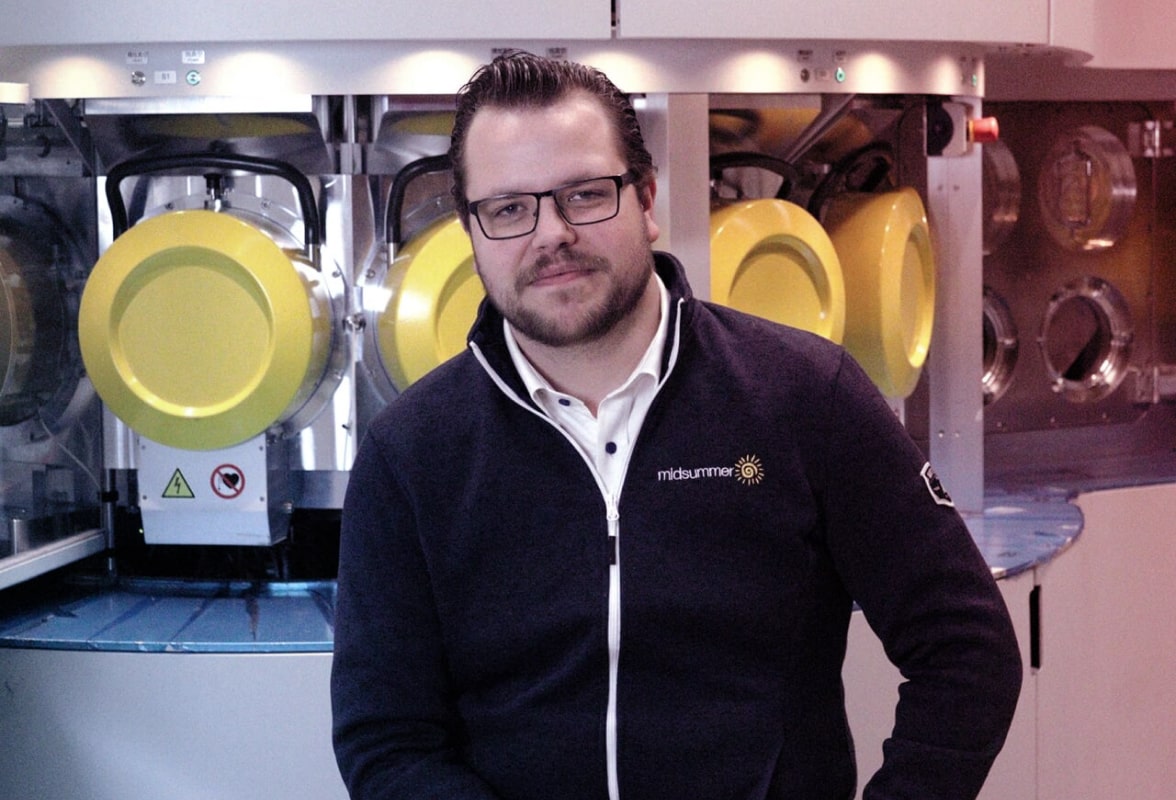This is how Heartpace HR System supports Midsummer’s HR processes
5 min
What were the main challenges you wanted to solve with an HR system?
Initially, it was mainly GDPR and the need for compliance that drove the need for an HR system. Keeping track of all documents, storing them securely and in a structured way, and managing all documentation at hiring, onboarding, and throughout the HR year. We wanted a controlled and more automated management for the whole flow.
In what way has Heartpace helped to overcome these?
We have a good order and structure to all the documentation as originally planned. We have also started the payroll audit in Heartpace instead of working in Excel, which often ends up with 15 different Excel lists in different parts of the organization. Now we have everything in one place, and everyone works in the same way. We have put the pay policy and pay criteria into Heartpace and got clarity on the whole flow. In addition, we have structured approval flows that make the process clear. Now we have trained the managers on how to do the payroll audit in Heartpace, and suddenly, everything is correct. This saves us a lot of time both in HR and for the managers.
What are your next steps?
Although we’ve had Heartpace for a while, we’ve chosen to take one step at a time. From HRM, document structure and payroll audit, we are starting up a pilot in the new onboarding module. The open APIs that Heartpace has will also allow us to integrate with other systems that feed into Heartpace, such as our current recruitment system Jobylon.
We envision having a fully integrated, seamless flow from first interview to first paycheck.
Which three tips would you want to share with other companies starting their HR-digitalization journeys?
1. Start in time!
Set up routines and processes from the start. Don’t wait until you are 200-300 employees, then it is much heavier! Build a flow for an employee from axis to limb so that it is a seamless and smooth journey. It’s just as important to have this flow in place whether you’re 50 people or 200 or many more. Put this in place immediately!
2. Get professional help to digitalize!
Don’t reinvent the wheel. Take advantage of the help available from the vendor. Take advantage of the expertise available. The extra cost of professional help is a far better investment than sitting and fiddling for hours yourself.
3. Have a clear vision of the end result – and set a proper plan to get there!
Make sure there is a clear end vision of where you want to be when you are finished and how you will get there. Also, remember that the fewer systems, the easier. Scaling down and consolidating processes into one system will make moving forward easier and smoother. And don’t stare blindly at a price per module, but look at the big picture and the overall price in the end. But most importantly – make sure the organization also uses the system – for real!
Alexander SjöbergHR Manager, Midsummer AB
More customer stories that might interest you

Lisa Bogren
HR Manager, Uddevallahem, Sweden

Uddevallahem is a public housing foundation that operates in Uddevalla municipality. Uddevallahem works for everyone’s right to their own housing and takes active social responsibility by contributing to a better environment, taking social responsibility and working for sustainable development.
6 min

Helena Martini
Head of Business Unit HR

Atrium Ljungberg is not an ordinary real estate company. Of course the buildings are the basis of their business, but in fact they are more interested in the people who live there.
2 min
Want to keep updated?
Subscribe to our blog posts, news and webinars here. We promise that we won’t overwhelm you with emails, nor will we never ever give your email address to anyone else!












